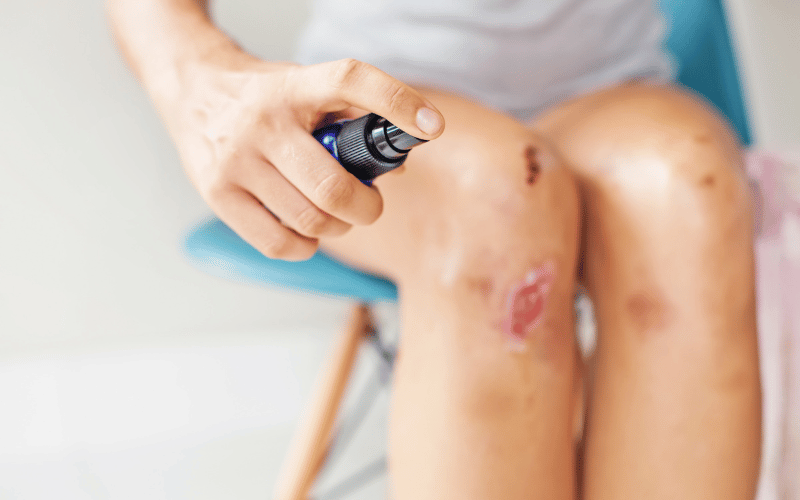5. Slow Healing Wounds – When Recovery Takes a Detour

For most people, a small cut or scrape is a minor inconvenience. But for those with Type 2 diabetes, these wounds can become a source of significant concern. The healing process noticeably slows down, and even the smallest injuries seem to linger for weeks or months.
This prolonged recovery isn’t just about inconvenience; it’s a clear signal from your body that something is amiss. High levels of blood sugar can impact your body’s natural healing process, turning a straightforward recovery into a lengthy ordeal.
So, what’s happening beneath the surface? Elevated blood sugar levels can lead to poor circulation, reducing blood flow to certain areas of the body. Adequate blood flow is crucial for healing as it delivers essential nutrients and oxygen to the wound site.
In addition to impaired blood flow, diabetes can also weaken the immune system. This double whammy of poor circulation and a compromised immune response can significantly extend the healing time for wounds.
If you’re experiencing slow healing wounds, it’s crucial to adopt a proactive approach to wound care. This means keeping the wound clean, applying appropriate dressings, and monitoring for signs of infection. Even small wounds should be taken seriously, as they can quickly escalate into more severe complications if neglected.
Regular check-ins with a healthcare professional can provide additional support and guidance. They can assess the wound, recommend appropriate care, and monitor progress. In some cases, they may also run tests to check your blood sugar levels and provide advice on managing diabetes.
Prevention plays a pivotal role in managing this symptom of Type 2 diabetes. Taking steps to control your blood sugar levels through diet, exercise, and medication can reduce the risk of slow-healing wounds. Additionally, adopting good hygiene practices and protecting your skin from injuries can further lower your risk.
If you do sustain a wound, early intervention is key. Seeking medical advice at the first sign of slow healing can prevent complications and ensure you receive the appropriate care to support your body’s healing process. (5)